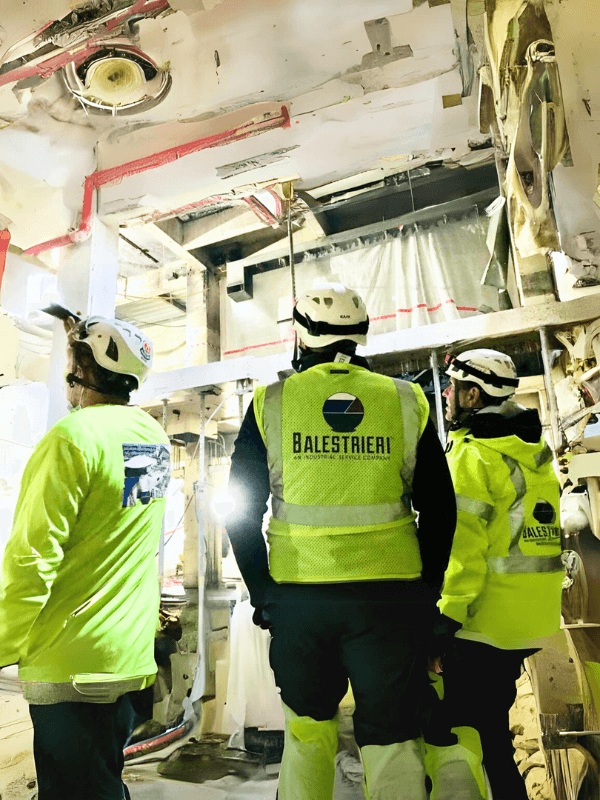If you’re planning an extensive reconstruction or renovation of the interior of an existing building, identifying and addressing environmental issues that may exist within the building material component is required by law.
A state certified building inspector must identify hazardous materials within a building, and provide guidance on the methods utilized for separating hazardous waste from general waste & construction debris. These methods are in efforts to make recycling easier which allow for reduced disposal costs. Hazardous materials that may be in your building could include; asbestos, lead, mercury, cadmium, Freon and other refrigerants, chromium, oil, petroleum products, PCB oils, radioactive tritium, and electrical waste.
Where are these hazardous wastes likely to be found? Asbestos may found in HVAC, electrical, and plumbing systems, in addition to interior and exterior walls and ceilings. Asbestos may also found in flooring, wall & attic insulations, roofing, has also been discovered other areas of a structures & its components.
Lead can be commonly found in industrial coatings and paint. Mercury may be found in heating, ventilation, and air conditioning systems, in addition to appliances and thermostats. Freon, halons, and other refrigerants can be found in air conditioners, vending machines, dehumidifiers, refrigerators, chillers, and fire extinguishers. PCB (Polychlorinated Biphenyls) are also prevalent in transformers, wiring, capacitors, and in light ballasts. Other environmental hazardous materials can exist in other appliances, computers, storage tanks, and even smoke detectors and exit signs.
Regulatory agencies that oversee the proper handling of hazardous wastes include the Wisconsin Department of Health and Services, who certify the workforce training & certifications for building inspectors. Specific Departments of Natural Resource programs related to hazardous waste removal include the WDNR Air Management Program, and the WDNR Waste Management Program. All of these programs have adopted the standards & requirements of the US EPA.
Think you can get away without an inspection as an owner or general contractor?
Think again! Employees, unions, subcontractors, vendors, building employees, and even neighbors are keeping an eye on projects. And with the convenience of smartphones, they can email photos to any regulatory department within minutes.
The penalties for not having a thorough inspection are steep. The State of Wisconsin DNR charges fines ranging from $500 to $5000 for each violation, and each day of continued violation is a separate offense. And any subsequent violation within a five year period, both minimum and maximum citation forfeitures are doubled! At the federal level, the EPA can cite civil penalties up to $27,000 per day, with a criminal penalty up to $250,000 and fifteen years in prison. OSHA can cite worker protection, and their fines can be endless.
Beyond the citations and fines that could be issued for not having a proper inspection performed, additional risks include job interruption, resulting in project downtime & financial losses. Relationships with the client/owner can be damaged. Considerations of loss of tenants, tort liability, and lawsuits can could add to a growing list of costs.
When it comes to getting an inspection before your renovation or demo, why take the chance of skipping it? You are putting at risk the health of your tenants, tradespeople, and anyone near the project. A proper inspection will allow you to plan budget lined items, time, and resources by helping eliminate potential surprises and identify environmental liabilities and health hazards.
If you are considering a commercial or industrial renovation, visit our website to learn more about our inspection and other turn-key environmental and demolition services.




